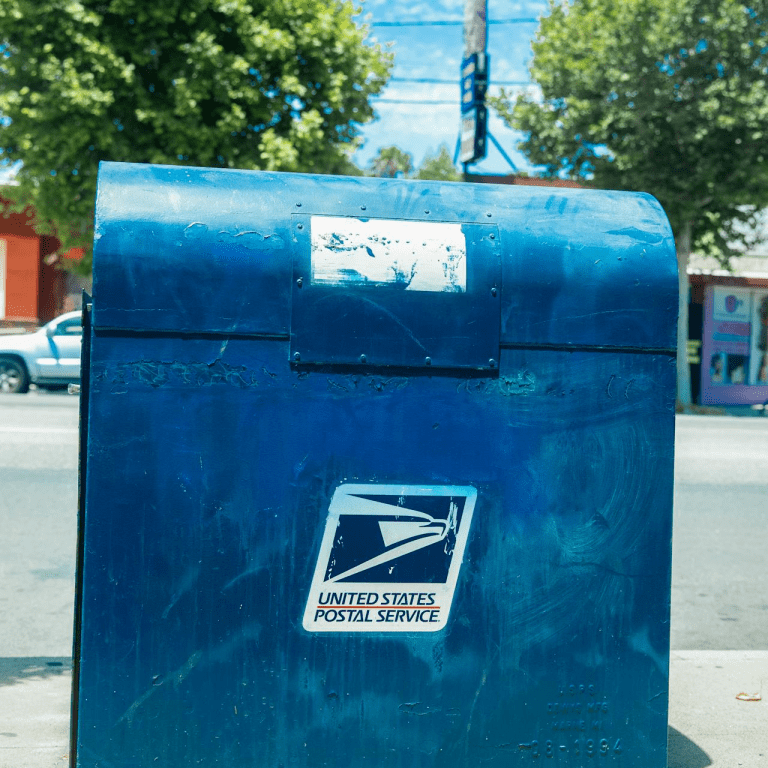Key Takeaways
-
Many Medicare components that impact Postal retirees the most aren’t talked about until they create serious financial or coverage issues. You need to understand the full structure of Medicare—not just Parts A and B—especially as it relates to your PSHB coverage.
-
Delaying Medicare enrollment or misunderstanding how it integrates with PSHB can lead to denied claims, lost drug coverage, and higher out-of-pocket costs. Awareness now can prevent complications later.
Understanding Medicare Beyond the Basics
You likely know about Medicare Part A (hospital insurance) and Part B (medical insurance). But that’s not the whole story. For Postal Service annuitants and family members enrolled in Postal Service Health Benefits (PSHB), the other parts—Part D, the EGWP drug coverage, and the newer rules on Medicare coordination—can have just as much financial and medical impact.
Most enrollees only realize how important those parts are once they face a claim denial or a sudden drop in coverage. By then, your options may be limited. Let’s walk through the full Medicare landscape and how each part connects with PSHB in 2025.
What Each Medicare Part Means for You
Part A: The Free Part That Isn’t Always Free
Part A usually comes at no premium if you or your spouse paid Medicare taxes for 10 or more years. It covers inpatient hospital care, skilled nursing facility care (after a qualifying hospital stay), and some home health and hospice.
But Part A isn’t cost-free. In 2025, you pay a $1,676 deductible per benefit period and daily coinsurance if your stay extends past 60 days. With PSHB, your plan may cover these costs if you’re also enrolled in Medicare—but without Medicare, those charges may fall on you.
Part B: The One You Can’t Ignore
Part B covers outpatient care, doctor visits, durable medical equipment, and preventive services. For many PSHB retirees, enrollment in Part B is mandatory to keep your benefits active in 2025.
In 2025, the standard monthly premium is $185, and the annual deductible is $257. Failing to enroll when first eligible can result in a permanent late enrollment penalty, and more importantly, you risk losing drug coverage under the PSHB Medicare integration.
Some PSHB plans offer reduced cost sharing for those with Part B—such as waived deductibles or lower coinsurance—so the premium may pay for itself over time.
Part D: Prescription Drug Coverage That Looks Different Under PSHB
You may assume Part D is optional. For the general public, it is. But for Medicare-eligible PSHB annuitants, prescription drug coverage works differently.
Your PSHB plan automatically provides drug coverage through a Medicare Part D Employer Group Waiver Plan (EGWP). This is not a plan you shop for on your own. It’s integrated with your PSHB enrollment if you’re enrolled in both PSHB and Medicare Part B.
Key features in 2025 include:
-
A $2,000 annual out-of-pocket cap for covered prescriptions.
-
A $35 monthly insulin limit.
-
No coverage gap (donut hole) to navigate.
Opting out of Medicare Part B could mean you lose access to this drug coverage. Rejoining later may be restricted.
Medigap and Medicare Advantage: Not Needed with PSHB
As a PSHB enrollee, you do not need a separate Medigap policy or a Medicare Advantage plan. Your PSHB plan remains your primary or secondary payer, depending on your Medicare enrollment. It provides comprehensive benefits, including worldwide coverage, preventive care, and often additional support services.
Adding another Medicare plan on top of PSHB could result in redundant coverage, wasted premiums, or even denied claims.
Why Medicare Enrollment Timing Matters
Your Initial Enrollment Period (IEP)
You become eligible for Medicare at age 65. Your IEP spans seven months:
-
Three months before the month you turn 65
-
The month you turn 65
-
Three months after
If you’re a Postal retiree and eligible for Medicare, your PSHB coverage will require Medicare Part B unless you qualify for an exception. Missing your IEP can trigger late enrollment penalties of 10% for each 12-month period you delayed, which apply permanently.
General Enrollment Period (GEP)
If you miss your IEP, you can enroll between January 1 and March 31 each year. Coverage starts the following July. That gap can mean no access to prescription drugs through PSHB and high out-of-pocket costs for services in the meantime.
Special Enrollment Periods (SEPs)
In 2024, a SEP was created for Postal annuitants to enroll in Medicare Part B without penalty between April and September. That SEP no longer applies in 2025. Now, unless you qualify for a new SEP due to a life event (like moving or losing other coverage), you’re limited to IEP and GEP windows.
The High Cost of Getting Medicare Wrong
Ignoring or misunderstanding the lesser-known parts of Medicare can cost you more than just late fees. It can leave you with:
-
No prescription drug coverage
-
Denied claims from your PSHB plan
-
Unexpected hospital bills
-
Permanent gaps in care coordination
Even with PSHB in place, your benefits may not function as intended unless your Medicare status is active and synced.
PSHB Coordination with Medicare: What Changes in 2025
The PSHB program in 2025 specifically integrates with Medicare in several critical ways:
-
Drug coverage through EGWP: Only available if you have both PSHB and Medicare Part B.
-
Lower out-of-pocket costs: Many PSHB plans offer reduced copayments and deductibles when Medicare is also in place.
-
Premium reimbursements: Some plans offer partial or full reimbursement of the Medicare Part B premium as an incentive.
To take advantage of these benefits, you must be enrolled in both PSHB and Medicare Part B.
Who Is Exempt from the Medicare Part B Requirement
Some groups of retirees are not required to enroll in Medicare Part B to maintain PSHB coverage:
-
You retired on or before January 1, 2025, and are not currently enrolled in Medicare Part B.
-
You are an active Postal employee aged 64 or older as of January 1, 2025.
-
You live permanently overseas.
-
You are enrolled in Veterans Affairs or Indian Health Services programs.
Even if you qualify for one of these exemptions, it is still worth reviewing whether enrolling in Part B would reduce your out-of-pocket healthcare costs overall.
How PSHB Plans Know Your Medicare Status
Your PSHB plan uses information from CMS (Centers for Medicare & Medicaid Services) to confirm your enrollment. If there is a mismatch or delay in reporting, your claims could be processed incorrectly. That’s why it is critical to:
-
Enroll in Medicare during your eligibility window
-
Keep your records up to date
-
Report changes in Medicare status to your PSHB plan promptly
What Happens If You Opt Out of Medicare Part B
Choosing not to enroll in Part B has serious consequences for PSHB participants:
-
You will not have access to the enhanced prescription drug benefits through the integrated Part D EGWP.
-
Your PSHB plan may not coordinate benefits fully, leaving you responsible for deductibles and coinsurance.
-
You could lose access to certain PSHB cost-sharing reductions that only apply when Medicare is active.
And once you opt out, you can’t re-enroll in the EGWP until the next Medicare Part D open enrollment—and even then, re-entry may be restricted.
Looking Ahead: Why Planning Now Protects You Later
Many retirees assume Medicare is something they can address once they “need it.” But with PSHB, it’s something you need to get right from the start.
By taking time now in 2025 to:
-
Understand each part of Medicare
-
Enroll on time
-
Confirm your coordination with PSHB
-
Avoid unnecessary or duplicate coverage
You ensure that when your healthcare needs become more frequent or complex, your coverage works exactly as it should.
Review Your Medicare Status Before It Becomes a Problem
PSHB gives you strong health coverage as a Postal annuitant, but only if it works in harmony with Medicare. The lesser-known aspects—Part D integration, enrollment timelines, coordination rules—are what determine whether your benefits will work when you need them.
Don’t wait until a denial notice or unexpected bill forces you to pay attention. Now is the time to take action. If you’re unsure about your enrollment status or how your Medicare choices affect your PSHB plan, speak with a licensed agent listed on this website who can guide you through the details.








